The Fuji GA645wi is another hold-over from the Pro Film era. An often over-looked camera in the long history of photography. The 645wi is in the 6×4.5 cm medium format, with a 45mm f/4 fixed lens. In this age of digital the bandwagon camera geek might take pause and pose the question: “What manner of foolishness is this? Film is dead my friend. Can I recommend the Canon G9? It does RAW!”?
First, a thousand discussions on hundreds of photography web forums suggests that film is not dead. Finger painting didn’t die when brushes were invented. Painting with brushes didn’t stop when the large format camera became available. Large format photography is still in fashion, despite the high-quality 35 mm options. And despite the rise of digital photography, film is still on of my preferred medium for capturing images.
Debating film vs. digital is worse than debating assisted suicide, abortion rights, the war in Iraq, or Israel vs. Hezbolla – because the film vs. digital debate is by definition a colossal waste of time. Use what works for you. What I know is that I get kick-ass photos with film, Fuji Provia is my friend, I like wide angle, I like medium format – and that was enough of a reason to drop 700 USD on a used Fuji GA645wi.
The GA645wi is built with and embodies that age old simplicity design aura, that so many companies ignore. A camera is a light box. Modern ones include automatic shutters and exposure meters, add a bright viewfinder, and not much else matters. The compact Fuji medium format cameras are unique in the camera world, and will for sure never be made again. For travel and mountaineering considerations, the list of equivalent cameras to the Fuji GA645wi is about zero.
It was built to pro standards, is still serviced by Fuji, and produces excellent results. When paired with pro film like Provia, Velvia, Fuji, Kodak, etc., the resulting images are vibrant, sharp, and unlike anything you could get with a comparably priced digital.
45 mm on 6×4.5 is rather unique. Since the lens retracts into the body, you can take the GA645 into many situations, but retain the quality expected of a much larger camera. Much like the GA645 (60 mm lens), there’s program, shutter, and aperture priority shooting modes. Manual focus is possible, but is mainly used only if photographing sunsets that fool the autofocus. The “i” version has two shutter releases, one for portrait, one for landscape orientation.? There’s a built in flash and it will take 120 or 220 film. The autofocus is good, but it’s best when used with static objects. The metering is dead on, it’s designed well and delivers results.
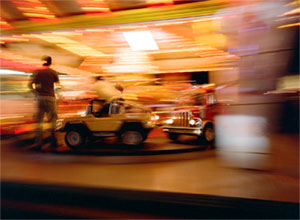
Few things suck more than not being able to capture the image you want after hiking into the Alps or flying across unknown seas. The reason I bought the GA645w is the lens. At 45 mm, the EBC Fujion has an angle of view close to 24 mm on a 35 mm camera body. This is my ideal focal length for land and cityscape shooting. Not so wide that details or subjects are lost, not so telephoto that you can’t fit the whole subject into the viewfinder.
To envision the GA645w, think of a Ricoh GRD or the unreleased Sigma DP1 and stick a syringe of growth hormones into your imagination. A high quality lens paired with a large image capture area. When you buy a Fuji rangefinder, you’re buying a lens with a minimalist, highly engineered body.
The ardent digital defender might say,
“Well, you need to know how to process your photos, with film the lab does all the work, you just don’t know what you’re doing. If you did, you’d shoot digital with RAW.”
This might be partially true. But what I know is that I capture a lot of detail and a large dynamic range with film. It’s a cool look that has over a hundred years of design and development behind it. It just looks good, I know this from experience. Photographing the Swiss Alps or the streets of Europe is awesome with film. Fewer highlights get blown out, and I have more detail in the shadows. I still like film, love digital, and love a wide angle lens, which is also why I’m taking the Fuji GA645wi along on my three month trip to Tokyo, as well as my Ricoh GRD.
I’ve taken some quick shots in Zurich and just love shooting with the GA645wi. The body is rugged and the viewfinder is just an awesome and bright, the way a camera should be. If you’re looking for a compact high quality camera, I recommend seeking one out.
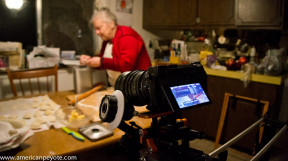 It’s always interesting to spend Christmas in Michigan. Generally I take on some sort of self-archeology project, like digging through my old toys and building up the Toy Warz photo series, but this year I’m revisiting the Pierogi Project, a documentation of how my mom makes Pierogi. Pierogi are these fantastic potato based dumplings, with origins in Easter Europe (so far as this project is currently concerned). As food is a way to document and preserve culture, in my older years I find it more and more interesting to bring this heritage into the digital conservatory realm.
It’s always interesting to spend Christmas in Michigan. Generally I take on some sort of self-archeology project, like digging through my old toys and building up the Toy Warz photo series, but this year I’m revisiting the Pierogi Project, a documentation of how my mom makes Pierogi. Pierogi are these fantastic potato based dumplings, with origins in Easter Europe (so far as this project is currently concerned). As food is a way to document and preserve culture, in my older years I find it more and more interesting to bring this heritage into the digital conservatory realm. Pierogi are my near-favorite food from my family, more or less tied with platzki as the tastiest food from my childhood. Now, there’s no fixed recipe for pierogi, I had asked my mom, but she learned the recipe from her Ukrainian mother-in-law. I learned how to make platzki from my Polish grandmother, but to expand the joy of this simple food, I decided to start a project to document how to make them, both for myself, and to share our cultural heritage with anyone else who is interested.
Pierogi are my near-favorite food from my family, more or less tied with platzki as the tastiest food from my childhood. Now, there’s no fixed recipe for pierogi, I had asked my mom, but she learned the recipe from her Ukrainian mother-in-law. I learned how to make platzki from my Polish grandmother, but to expand the joy of this simple food, I decided to start a project to document how to make them, both for myself, and to share our cultural heritage with anyone else who is interested. Back in 2010 or so, I shot still images of my mom preparing pierogi and recorded audio of her describing the process. Since I’m now working on cooking videos with the Laughing Lemon in Switzerland, it seemed natural to shoot a little documentary of my mom preparing the pierogi, which is the critical part of the recipe. Here is the test so far.
Back in 2010 or so, I shot still images of my mom preparing pierogi and recorded audio of her describing the process. Since I’m now working on cooking videos with the Laughing Lemon in Switzerland, it seemed natural to shoot a little documentary of my mom preparing the pierogi, which is the critical part of the recipe. Here is the test so far.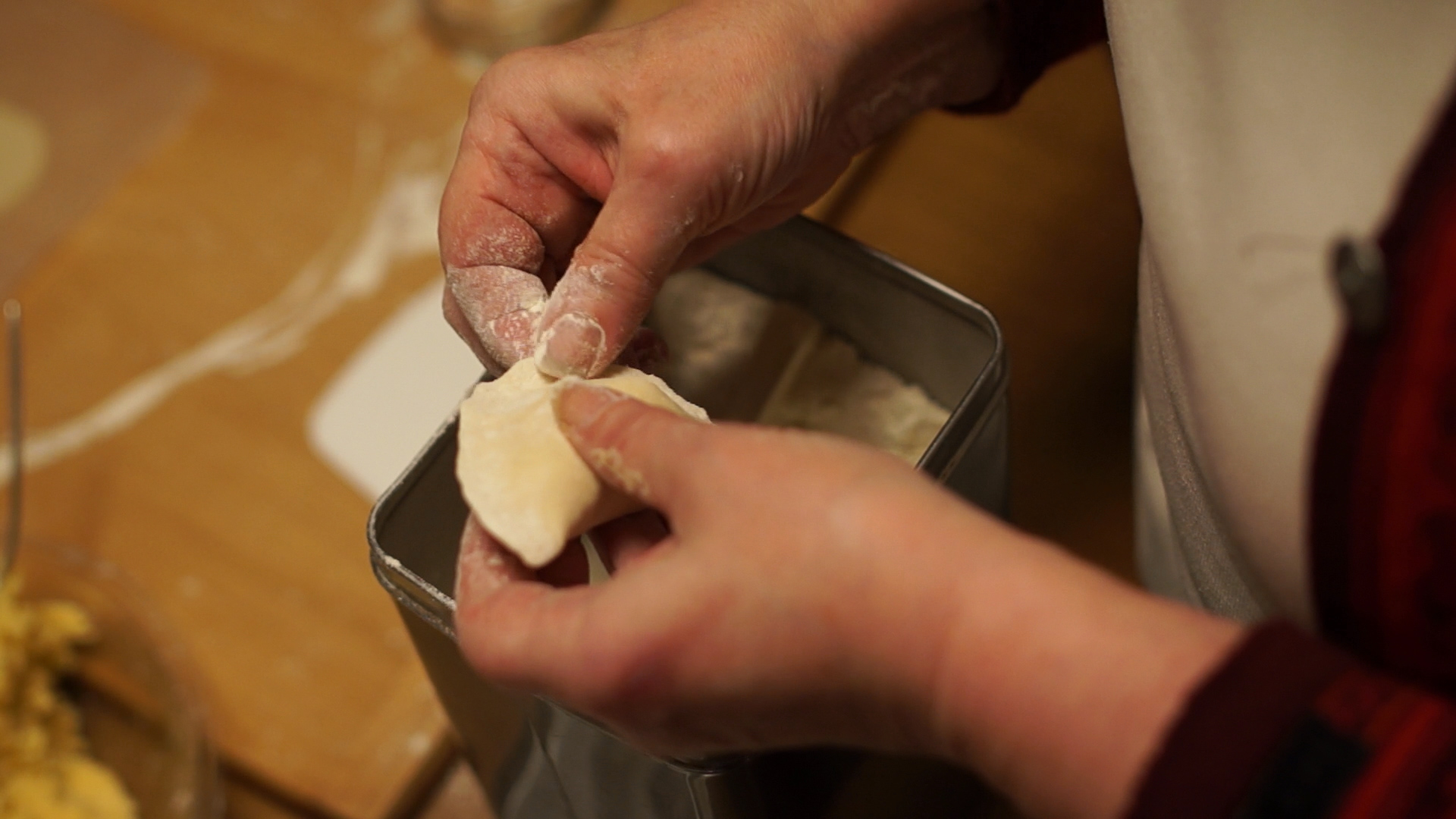
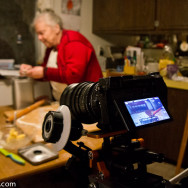
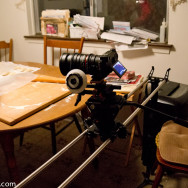
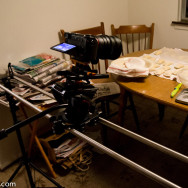
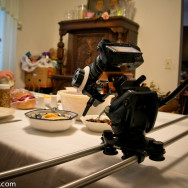

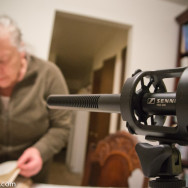

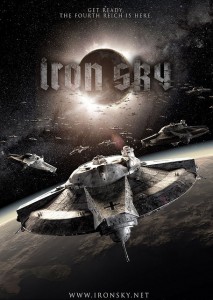
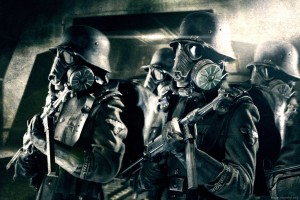

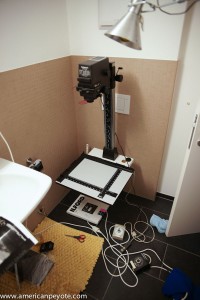
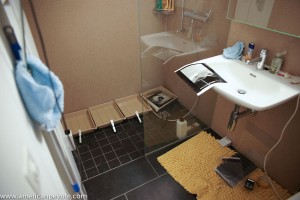
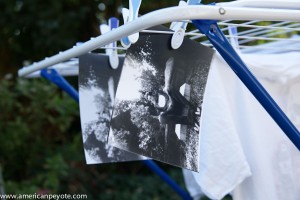


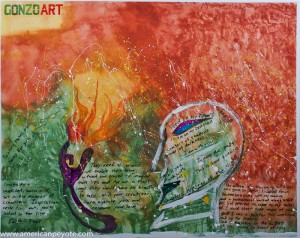
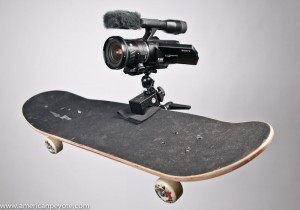
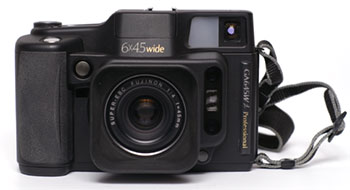
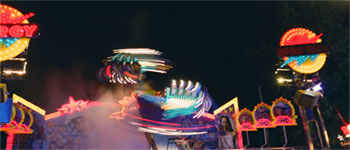

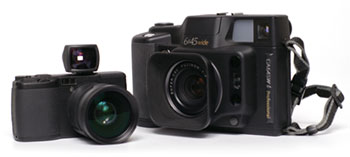

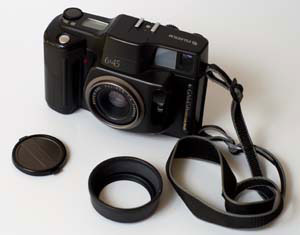 If you define a professional camera as one that actually says professional on it, then the Fuji GA645 was my first pro caliber photo tool. When first released in the early 1990’s it went for something near to 1500 USD. Now they are commonly found on eBay for 300-500 USD. For professionals it means a camera with near point-and-shoot convince and killer tack-sharp medium format “pop”. It really is point-and-shoot. You depress the shutter button half-way, it focuses, depress further, it takes the picture. Given its geometry and size, the GA645 is easy to hold steady in low-light situations. As I mainly do travel and landscape with this camera. The lens is a 60mm Fujion with an f/4 aperture. Many people have found fault with this design, complaining that f/4 is just too slow, the same people who have shot down the Sigma DP1, which sports an f/4 objective. Of course, numbers on paper are just that, in practice I haven’t found the f/4 lens to be limiting. Toss in some ISO 400 or 800 speed film and you have the ability to shoot in low-light situations, and since you’re shooting with a 6×4.5 film size, the quality of the resulting image will still be fantastic, especially for such a mobile camera design. The automatic focus however, can be a bit frustrating. Every camera has limitations, and the autofocus is what adds a rain-cloud texture to the overall fantastically sunny experience of shooting with a GA645. See, once in a while I get my negatives or transparencies back and find the subject was out of focus and blurry. For this reason, in general the GA645 is best used for static subjects. The focus distance is displayed in the viewfinder, so you can always look there to make sure it’s about right. It’s also possible to do manual focusing, which is nice because the focus was easily fooled when I traversed from Bettmerhorn to Eggishorn in intermittent fog cover in the Swiss Alps. Shooting into the rising sun can also screw with the focus system, and in such situations I set the focus to infinity. Despite the autofocus limitations, the metering system is dead-on and I rarely have any exposure problems.
If you define a professional camera as one that actually says professional on it, then the Fuji GA645 was my first pro caliber photo tool. When first released in the early 1990’s it went for something near to 1500 USD. Now they are commonly found on eBay for 300-500 USD. For professionals it means a camera with near point-and-shoot convince and killer tack-sharp medium format “pop”. It really is point-and-shoot. You depress the shutter button half-way, it focuses, depress further, it takes the picture. Given its geometry and size, the GA645 is easy to hold steady in low-light situations. As I mainly do travel and landscape with this camera. The lens is a 60mm Fujion with an f/4 aperture. Many people have found fault with this design, complaining that f/4 is just too slow, the same people who have shot down the Sigma DP1, which sports an f/4 objective. Of course, numbers on paper are just that, in practice I haven’t found the f/4 lens to be limiting. Toss in some ISO 400 or 800 speed film and you have the ability to shoot in low-light situations, and since you’re shooting with a 6×4.5 film size, the quality of the resulting image will still be fantastic, especially for such a mobile camera design. The automatic focus however, can be a bit frustrating. Every camera has limitations, and the autofocus is what adds a rain-cloud texture to the overall fantastically sunny experience of shooting with a GA645. See, once in a while I get my negatives or transparencies back and find the subject was out of focus and blurry. For this reason, in general the GA645 is best used for static subjects. The focus distance is displayed in the viewfinder, so you can always look there to make sure it’s about right. It’s also possible to do manual focusing, which is nice because the focus was easily fooled when I traversed from Bettmerhorn to Eggishorn in intermittent fog cover in the Swiss Alps. Shooting into the rising sun can also screw with the focus system, and in such situations I set the focus to infinity. Despite the autofocus limitations, the metering system is dead-on and I rarely have any exposure problems. The Fuji GA line sports a few accessories, which one is still able to pick up if one is so inclined. A flash bracket and flash we produced, the basic GA bracket is shown here. Somehow I’ve acquired one bracket and two flashes, both of which I never actually use with my GA645. If you do use them however, the flash exposes very nicely with a butter popping sound. The bracket has a tilting head, so when you rotate the camera to shoot in landscape orientation, you can rotate the flash 90 degrees (similar to the Sony HVL-58). I sometimes use the bracket with my Minolta 7D. Since neither is produced anymore, they can be had on the used market for either reasonable or absurd prices. The one useful accessory I do use often is the tripod bracket. It lets you mount the camera and rotate around the axis of the lens, perfectly balanced and engineered. A macro attachment is also available, but doing macro work without being able to check the actual focus is bit hit and miss – and with medium format film, a tad expensive.
The Fuji GA line sports a few accessories, which one is still able to pick up if one is so inclined. A flash bracket and flash we produced, the basic GA bracket is shown here. Somehow I’ve acquired one bracket and two flashes, both of which I never actually use with my GA645. If you do use them however, the flash exposes very nicely with a butter popping sound. The bracket has a tilting head, so when you rotate the camera to shoot in landscape orientation, you can rotate the flash 90 degrees (similar to the Sony HVL-58). I sometimes use the bracket with my Minolta 7D. Since neither is produced anymore, they can be had on the used market for either reasonable or absurd prices. The one useful accessory I do use often is the tripod bracket. It lets you mount the camera and rotate around the axis of the lens, perfectly balanced and engineered. A macro attachment is also available, but doing macro work without being able to check the actual focus is bit hit and miss – and with medium format film, a tad expensive.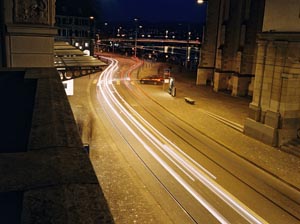

 The general risk with buying old discontinued Pro technology is that, if it breaks – you’re screwed. So it’s actually sort of cool that you can still send in the GA645 to Fuji for a tune-up. About two years ago I picked up some surplus GA645 parts from eBay, including some shutters and body pieces, so aside from Fuji, I’m somewhat confident I could fix basic problems should they arise. The Fuji GA line is just the start, you can also get into the GW and GSW cameras, which can be bough in 6×7, 6×8, and 6×9 versions, all offering jaw-dropping razon tack-sharp images. So getting down to Brass-Tax, in the age of digital sensors and megapixels the Fuji GA645 is a film camera which still rocks hardcore. If you have some spar funds I highly recommend picking one up.
The general risk with buying old discontinued Pro technology is that, if it breaks – you’re screwed. So it’s actually sort of cool that you can still send in the GA645 to Fuji for a tune-up. About two years ago I picked up some surplus GA645 parts from eBay, including some shutters and body pieces, so aside from Fuji, I’m somewhat confident I could fix basic problems should they arise. The Fuji GA line is just the start, you can also get into the GW and GSW cameras, which can be bough in 6×7, 6×8, and 6×9 versions, all offering jaw-dropping razon tack-sharp images. So getting down to Brass-Tax, in the age of digital sensors and megapixels the Fuji GA645 is a film camera which still rocks hardcore. If you have some spar funds I highly recommend picking one up.